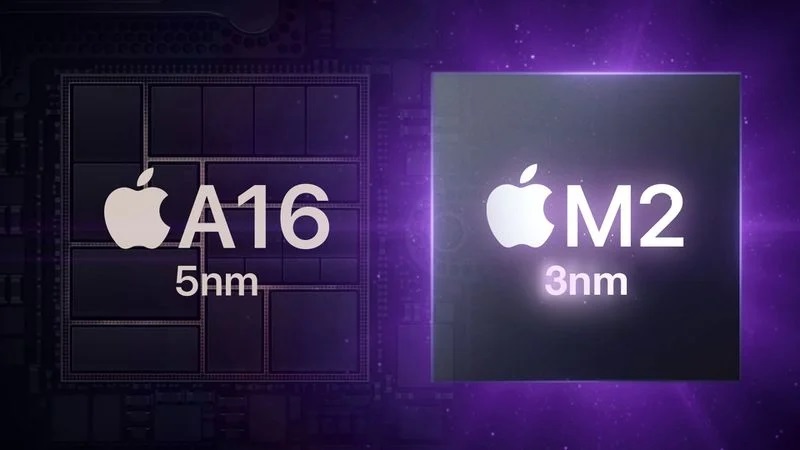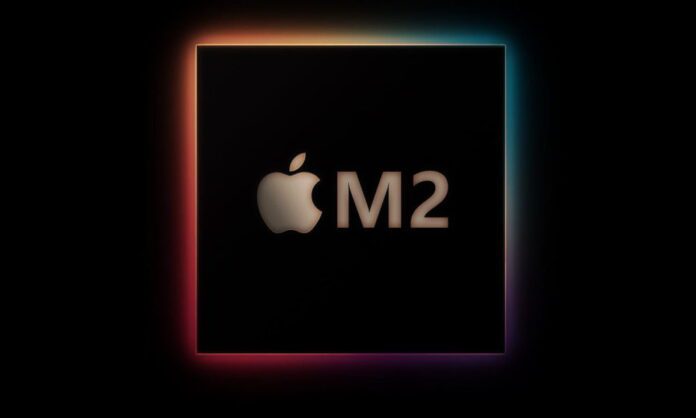The Cupertino giant is currently working on two SoCs, the A16, which will be the brain of the iPhone 14, and the M2, which will be used in the new generation MacBook Air. Both will use the ARM architecture, but they will be manufactured in different nodes and they will offer a very uneven level of performance, as expected.
A fairly reliable source assures that Apple will keep the 5nm node with the A16 SoCand that will only jump to the process of 3nm from TSMC with the M2 SoC. The information makes a lot of sense since, in the end, the 3nm node is the most advanced that currently exists, and therefore it is one of the most limited and expensive. By this I mean that it is likely that Apple could not secure all the necessary supply to produce enough A16 and M2 chips under said node, and that is why it could have chosen to use the 5nm node in the A16 SoC.
The information also refers to a latest variant of the M1 chip which will have, in theory, “improved” kernels, that is, based on a more current architecture. To understand this, remember that the Apple M1, M1 Pro, M1 Max, and M1 Ultra SoCs use high-performance “Firestorm” cores and high-efficiency “Icestorm” cores, which are the same architectures that are present in the SoC A14.
Well, that latest version of the Apple M1 SoC that is theoretically yet to come would have the same cores as the current model, but would use the blizzard architecture in the high-efficiency cores and the avalanche architecture on high-performance cores, the same architectures used by the Apple A15 SoC. If this is confirmed, we can expect a slight improvement in IPC, and therefore higher single-thread and multi-thread performance. We don’t know which teams will use that new version of the Apple M1, but it’s rumored that it could lead to the next generation of MacBook Pro laptops.

The Apple M2 will be the first in 3nm and could use the ARMv9 architecture
In addition to the leap in the manufacturing process, which should allow significant improvements in terms of performance and efficiency, the new Apple M2 SoC could become the first of the apple firm to have custom ARMv9 cores. If this is confirmed, the jump in power level could be much larger than we imagined, although we must take this information with caution because it has not been confirmed.
The maximum number of cores that the Apple M2 will have has not been disclosed, but it has been rumored that it will be equipped with 8 high-performance cores and 4 high-efficiency cores, which would leave us with a total of 12 cores. Keep in mind that we’ve seen a lot of comings and goings related to this chip over the last year, so right now it’s impossible to take anything for granted. All in all, it looks like this chip is going to be a major leap forward in both raw performance and efficiency.
Returning to the Apple A16, this would be precisely the opposite of the M2, since it is outlined as a continuous chip with few innovations and improvements compared to the Apple A15. This means that it would not offer significant changes in terms of performance compared to the current generation, neither in the CPU nor in the GPU, something that also makes sense because precisely the latest A-series chips that Apple has launched have not surprised in terms of power. gross, and have followed that trend. If we add to this the possible maintenance of the 5nm node, I think things would be even clearer.













